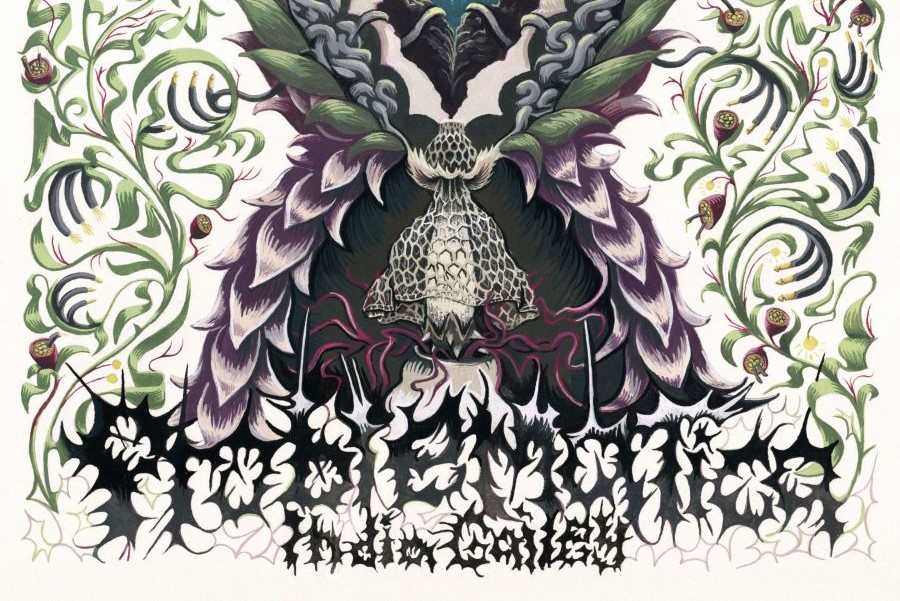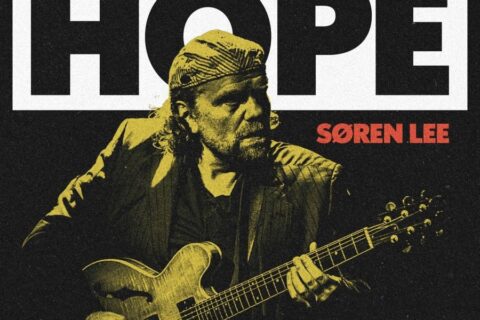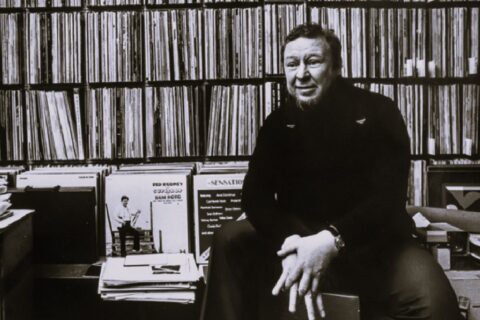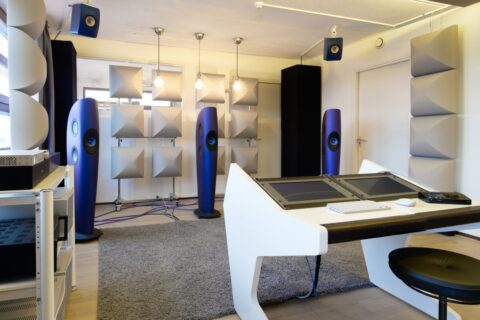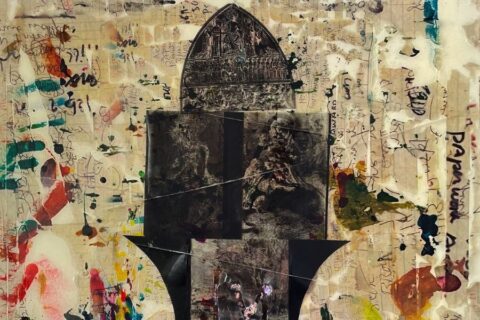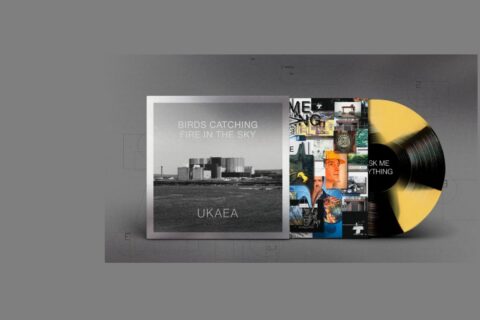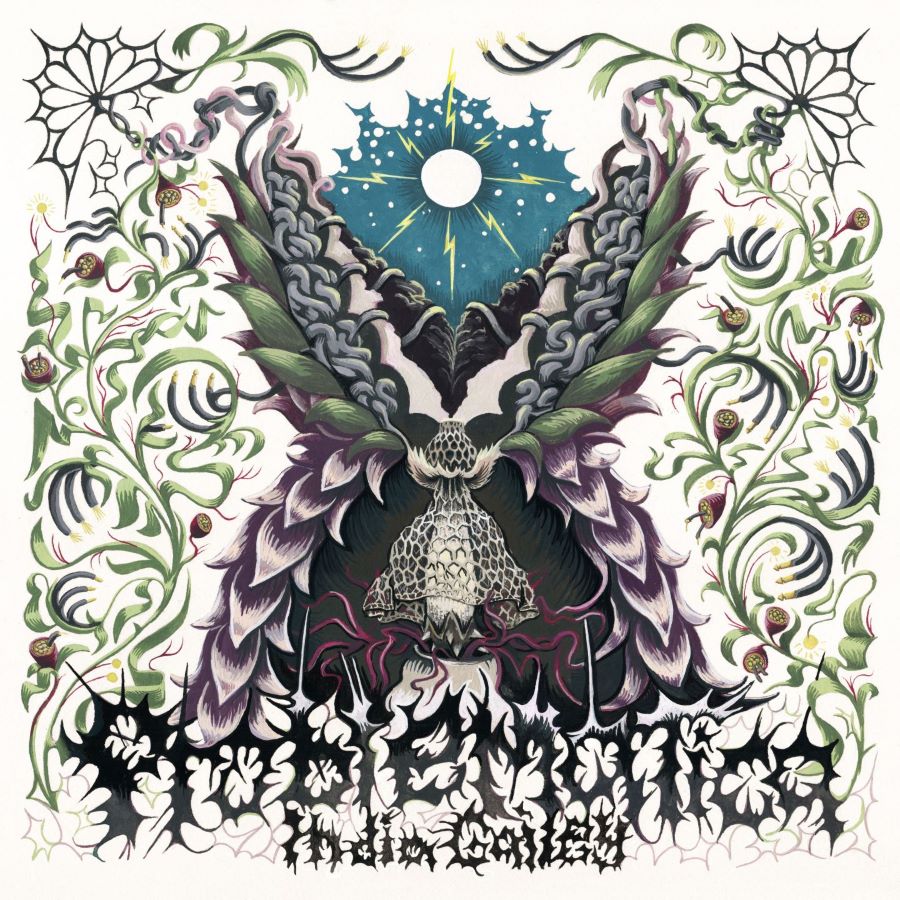
American-Canadian India Gailey (she/they) is known as a cellist, composer, vocalist, and improviser drawing from many eras and genres to craft poetic narratives of sound, most often performing in the realms of classical and experimental music. She has worked with composers such as Philip Glass, Yaz Lancaster, Amy Brandon, Michael Harrison, Anne Lanzilotti and Nicole Lizée. Her recent work has been performed e.g. by the Canadian Music Centre, Government House (Nova Scotia), International Contemporary Ensemble (NYC), Metropolis Ensemble (NYC), and Upstream Music (Nova Scotia).
Following her second solo cello album (To you through, 2022, Redshift Records), Gailey now comes up with a follow-up, Problematica (People Places Records, 2024), that is said to take the ultra-coherent eclecticism of its predecessor one step further. The music on the album is not by Gailey but specially commissioned from celebrated artists Sarah Rossy, Nicole Lizée, Julia Mermelstein, Joseph Glaser, Andrew Noseworthy, Fjóla Evans and Thanya Iyer. The release features solo works for cello, electronics and voice, showing Gailey’s skills both as an interpreter of contemporary music and an improviser.
Problematica makes compelling listening, mostly avoiding pitfalls of artificiality and self-expression that sometimes bother this type of music. Tracks are stylistically different but there’s still sufficient unity and continuity between them making the listener sense that compositions were in fact by the performer. It’s hard to situate the work in any particular genre, but open-mind approach rewards the effort.
From the linear notes:
“Gailey’s evocative, idiosyncratic singing features more prominently than before and the voice plays a central role in positioning this music within its particular sonic universe. It also helps that two curious-minded singer-songwriters are among the all-Canadian cast of commissioned composers and that their contributions frame the album.”
The album is presented both as a stereo release (CD/DL) and in Dolby Atmos surround.
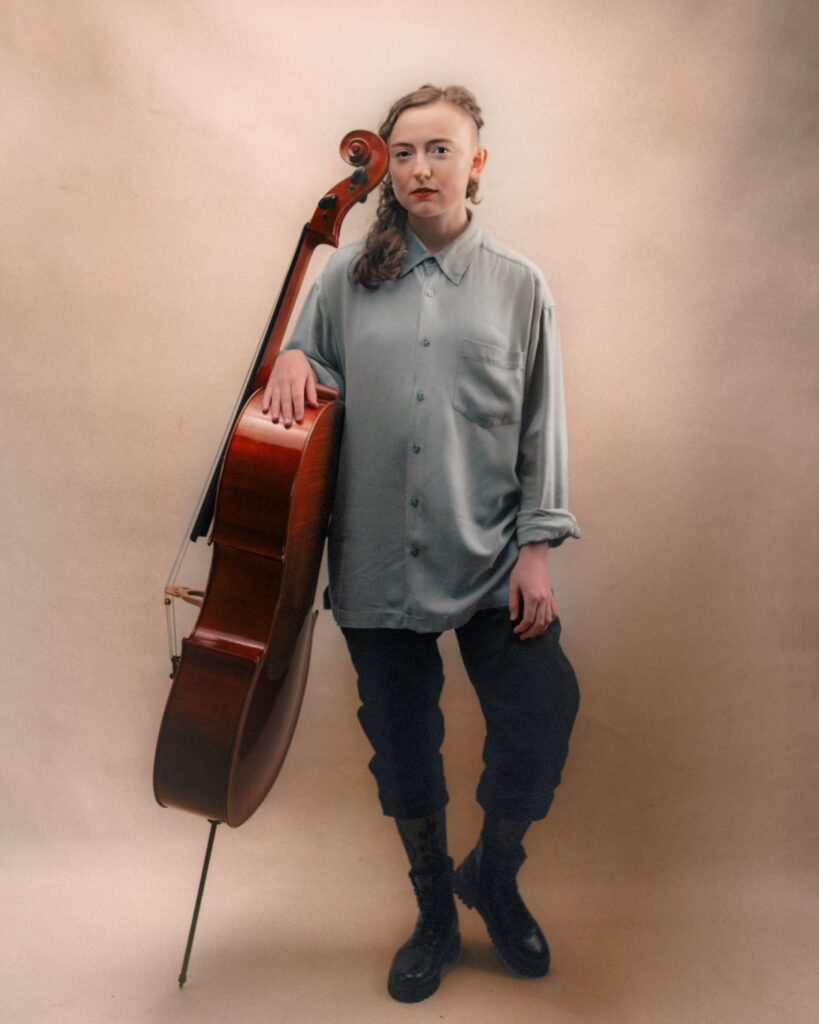
- Sarah Rossy — I long
Sarah Rossy’s ethereal”I long”is the first of these two works and deploys a generous two-minute opening of intertwined cello phrases to gently beckon the listener into a wistful, mesmeric song. The piece’s hush eventually builds to a bewildering climax of soaring high vocals and lapping, bowed waves, only to again recede before disappearing altogether. Rossy is a resident of Tio’tia:ke/Montréal that blends various interests into a multifaceted practice that has included appearances at major festivals such as the Montréal Jazz Festival and Suoni Per Il Popolo as well as an array of recordings.
- Nicole Lizée — Grotesquerie
Once described as “a brilliant musical scientist” by the CBC, Nicole Lizée is easily one of Canada’s foremost living composers internationally —a status that has been established through commissions from major artists and organizations including the Kronos Quartet, Carnegie Hall, the New York Philharmonic, the BBC Proms, the San Francisco Symphony, the National Arts Centre Orchestra, the Toronto Symphony Orchestra, l’Orchestre symphonique de Montréal, Bang On A Can, SōPercussion, Eve Egoyan and many more. “Grotesquerie” offers one of the disc’s most animated, outwardly virtuosic pieces, stacking tremulous cello gestures and whispered vocalizations each, of which grow in intensity and scope as they accumulate.
- Julia Mermelstein — Bending, breaking through
Musicworks Magazine aptly described Julia Mermelstein’s work as being “focused on detailed tone, colour, textures, and gestural movement that reveal evocative, immersive, and subtly changing soundscapes.” The Montréal-based composer’s work has been heard globally and featured by revered performers such as the Toronto Symphony Orchestra, Esprit Orchestra, Arraymusic, Winnipeg Symphony Orchestra, Ilana Waniuk (of Thin Edge New Music Collective), North/South Chamber Ensemble, Barbara Pritchard, and the Blue Rider Ensemble, yet she also actively nurtures a penchant for cross-disciplinary collaborations. “Bending, breaking through”is characteristic of her output, demonstrating both a refined sense of the cello’s sonic vocabulary and a subtle, elegant touch with electronic processing through inward-bound mixture of texture and lyricism.
- Joseph Glaser —Joinery
Joseph Glaser’s work “Joinery”—like the contributions of Rossy and Thanya Iyer—was birthed through an experimentation process between the composer and Gailey. These sessions yielded raw materials that coalesced into open-ended scores—ones which demand considerable input from Gailey in performance. Glaser’s is arguably the most abstract of the three, often emphasizing the cello’s most brittle, unpitched sonorities, and faint vocals as he gradually weaves in more emphatic and tonal statements from each (alongside elusive field recordings of snow footfalls). Once described as a “a composer to watch” by the CBC’s Bill Richardson, Glaser is based in Toronto, where he serves as the Ontario Regional Director for the Canadian Music Centre alongside his compositional practice. Glaser’s training in dance gives imparts distinctly choreographic dimension to his work, which has been presented by FAWN Chamber Creative, the Gryphon Trio, the Amici Chamber Ensemble, Toy Piano Composers and Code D’accès, among others.
- Andrew Noseworthy — GomL_V7FinalMix_LessVox_MoreVerb_Dec13_MASTERED_48k24b_FINAL.wav
Composer and guitarist Andrew Noseworthy is one of the two founders of People Places Records and the label’s divergent roster reflects his genre-fluid creative sensibilities. Noseworthy’s elliptically-titled piece “GomL_V7FinalMix_LessVox_
MoreVerb_Dec13MASTERED_48k24b_FINAL”is arguably the album’s most haunted selection. His approach focuses on building sustainable relationships through communal collaboration, and this piece arose through extensive workshopping with Gailey. It cloaks quiet acoustic gestures behind thick, almost-My-Bloody-Valentine-esque tufts of bitcrushed cello and occasional voice. Noseworthy frequently collaborates with Yaz Lancaster as laydøwn, plays as a member of chamber ensemble Contaqt, and has created within fruitful partnerships that have also included The Metropolis Ensemble, The 21C Guitar Conference, Angie Moon Dance Theatre, Saman Shahi, Yang Chen, Tim Brady/Bradyworks, Phong Tran, Adam Cuthbért, SlowPitchSound, Greg Bruce, and The St John’s International Sound Symposium.
- Fjóla Evans— Universal Veil
Icelandic-Canadian cellist and composer Fjóla Evans’ sumptuous atmospheric work appeared on Gailey’s previous album. Evans has enjoyed a number of collaborations with notable artists such as Ashley Bathgate, Vicky Chow, Bang On A Can All-Stars, eighth blackbird, Dutch group Residentie Orkest and Bearthoven, for whom she composed the piece”Shoaling”. The latter was lauded by I CARE IF YOU LISTEN who described it as a “vivid and layered sound world”. “Universal Veil” is one of several multi-tracked string pieces that she has written, but where she frequently uses the medium to produce soft, transparent results, “Universal Veil” operates on a different scale. In fact there’s something of an orchestral majesty to the work, which unfurls gradually but employs bold resonant gestures throughout.
- Thanya Iyer — Where I can be as big as the Sun
Singer, violinist and composer Thanya Iyer has deservedly attracted acclaim for her singular amalgam of styles, gently pulling improvisatory and textural details into the loose framework of songs that embrace features of wayward folk, the outer fringes of R&B and eccentric, wide-angle rock. Her album 2020 Kind was long-listed for the Polaris Prize while Pitchfork remarked of it that “her ear for texture and landscape is consistently noteworthy.” “Where I can be as big as the sun” makes an intriguing coda; its the album’s shortest piece and feels closest to a song in both structure and execution, using softly plucked chords as a foundation for voice and countermelodies. Its unassuming surface, however, gives the listener the opportunity to reflect on the other works through the lens posited by its soundworld. In a sense, the candour of Iyer’s work conveys the spirit of the project: uniting works by artists with whom Gailey already had professional and often personal ties—her community. And doing so in a manner that honours their fluid self-concept, both on artistic and personal level.
Recorded, mixed, and mastered by John D.S. Adams at Stonehouse Sound. Recorded in Mahone Bay, Nova Scotia, Mi’kma’ki traditional territory of the Mikmaq people. Produced byJohn D.S. Adams and India Gailey. Art by Charvel Rappos.


